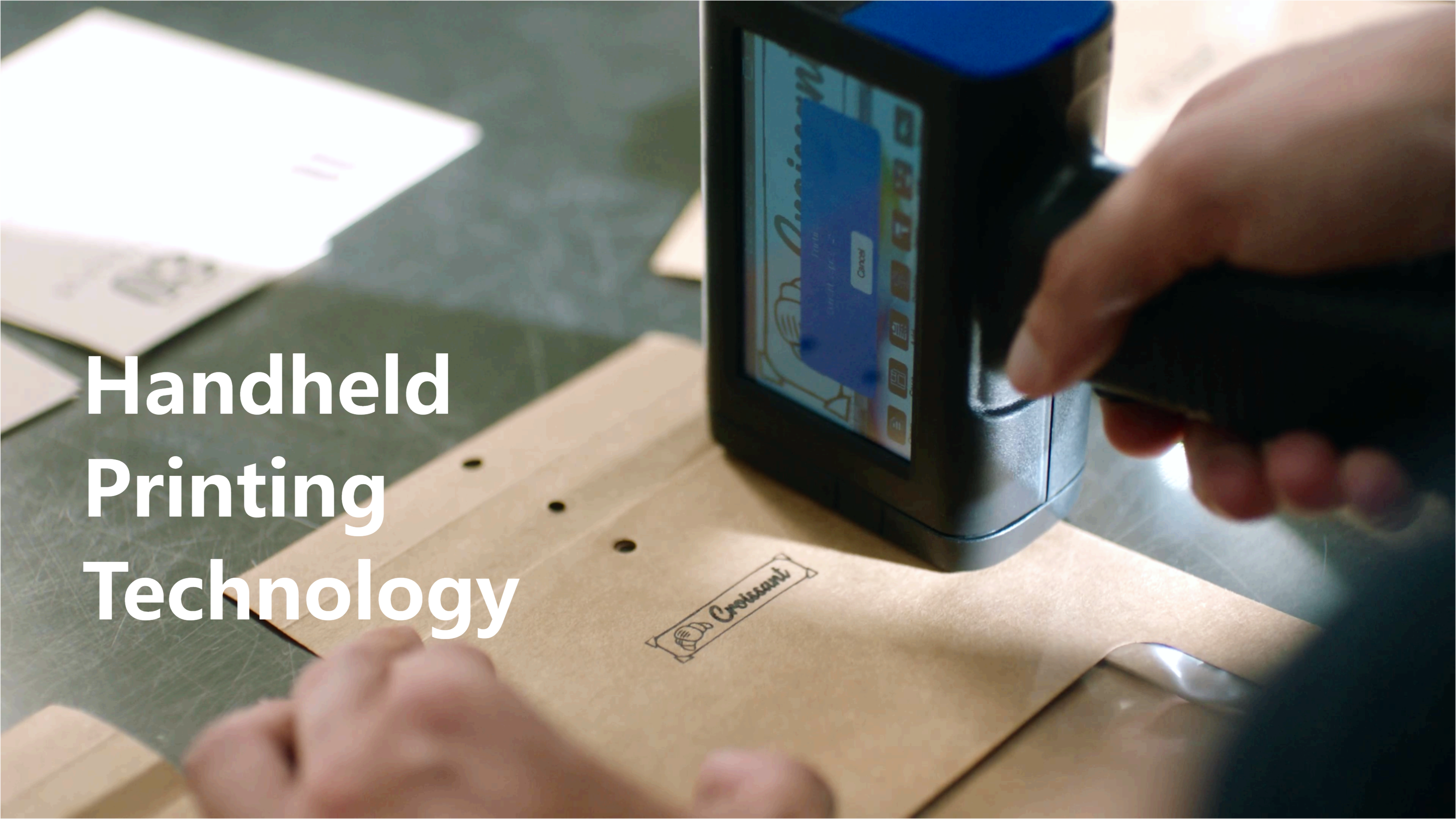How Handheld Printers Work: A Comprehensive Guide

Hey there readers! Ever wondered how those tiny printers function without cords and wires? Welcome to the world of handheld printers!
A handheld printer is a compact portable device that can fit into your pockets or handbags and is incredibly easy to handle. It does not need wires and can function even on batteries. Handheld printers have come a long way. From the first concept in 1981 to the modern-day technology-driven printers.
These compact devices have immense importance in today's fast-paced world with more printing requirements. Due to their ultra-portability, handheld printers are increasingly popular in various sectors, such as logistics, retail, healthcare, and manufacturing, among others.
So, let's delve into the intricate mechanics of handheld printers, the technology that powers them, and their wide-ranging applications.
How Do Handheld Printers Work?
Handheld printers utilize various printing technologies to achieve their portable printing capabilities. The most common printing technologies found in handheld printers include:
1. Thermal Printing Technology
Many handheld printers use thermal printing technology, which relies on heat to create images on paper. They contain a printhead with tiny heating elements that selectively apply heat to special thermal paper that has a heat-sensitive coating on one side. When the heated elements come into contact with the paper, it darkens, producing the desired text or image.
2. Traditional Inkjet Technology (Inkjet Printing)
Some handheld printers employ inkjet technology, similar to standard desktop printers. These printers have a printhead equipped with tiny nozzles and an ink reservoir or cartridge use tiny nozzles. By spraying ink onto the printing surface, the ink droplets are accurately placed on the printing surface to form characters or images through the instructions from the digital file being printed.
3. Thermal Inkjet Printing Technology
Thermal inkjet printing (TIJ printing) technology utilizes a printhead equipped with microscopic heating elements and tiny ink chambers. An ink reservoir or cartridge supplies the ink needed for printing. When a specific area of the printhead needs to print, the corresponding heating element is rapidly heated, causing a small amount of ink in the nearby chamber to vaporize. This vaporization creates pressure, forcing a precise droplet of ink out of the nozzle and onto the paper. By carefully controlling which heating elements are activated and when, the printer can accurately place ink droplets, forming characters and images according to the digital file being printed. This technology combines the precision of inkjet printing with the efficiency of thermal printing, making it ideal for high-resolution, on-the-go printing.
These three printing technologies enable handheld printers to produce labels, barcodes and logos with precision and convenience, making them invaluable tools for various industries and on-the-go printing needs.
Applications of Handheld Printers
Handheld inkjet printers have found their place in a wide range of industries and use cases:
1. Retail and Warehousing: Handheld printers are used for price labeling, inventory management, and shipping labels, allowing businesses to streamline operations.
2. Manufacturing: Handheld printers are employed to mark part numbers and crucial information directly on products, ensuring traceability and quality control.
3. Packaging: Companies utilize handheld printer guns to imprint brand logos and contact details on packaging materials, enhancing branding and customer engagement.
4. Food and Beverage: Industries such as food and beverage often relies on handheld printers to mark expiry dates on products to ensure consumers' safety and meet regulatory requirements
5. Healthcare: Mobile printers are invaluable for labeling patient information, medication packaging, and specimen labels, enhancing accuracy and efficiency in healthcare settings.
6. Agriculture: The agriculture industry utilizes handheld printing guns to mark batch numbers and product information on produce and agricultural goods, aiding in traceability and quality control.
The Future of Handheld Printing
As technology continues to advance, we can expect even more innovations in handheld printing. Enhanced connectivity, improved battery life, advanced supported imprints and increased compatibility with mobile or desktop devices will make these printers even more accessible and efficient.
Conclusion
In conclusion, handheld printers have made it possible to print anything anywhere and whenever needed. Whether you're a business professional, an artist, or a DIY enthusiast, investing in a reliable handheld printer will undoubtedly prove to be a valuable addition to your toolkit. With their versatility and expanding capabilities, handheld printers are sure to play an even more significant role in our mobile-oriented world. So, make an informed decision and choose a handheld printer that caters to your specific requirements.
Ask Question
No questions and answers

